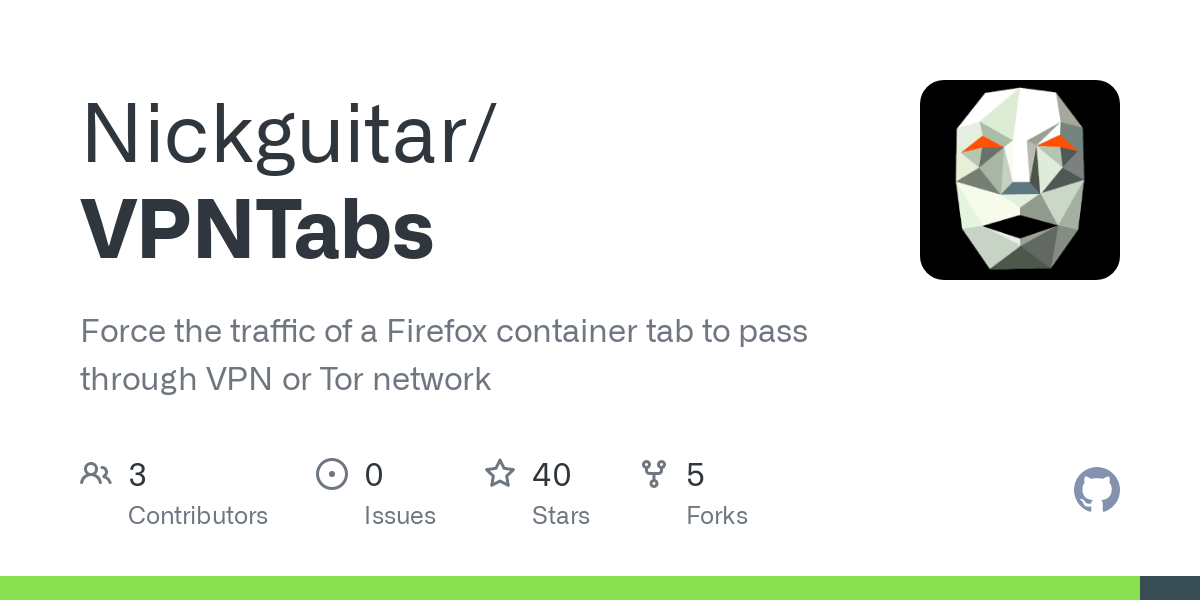Tor Browser has many security changes made to it from vanilla firefox to make sure your privacy is protected. This is an interesting project, but it can’t provide that same level of security. A disclaimer about this really should be on the github page.
Lots of people use their vanilla browser when connected to a VPN, this is not just for Tor, neither does it claim to be an alternative to using Tor browser or Mullvad browser.
I run a bunch of stuff from my phone down Tor on an app by app basis. It’s not necessarily the added security but generating traffic and noise.
How do you do that? It sounds cool. I’d be happy to add traffic to the network.
Oh man I’ve been looking for something like this, hell yeah
I usually have a VPN client running in a container and then attach the browser instance to the network namespace of the container.
Just create a shortcut that does “sudo ip netns exec firefox” and that’s it.
More information please?
Mmm do you know Linux containers? Like Docker containers, for example?
You need to understand Linux namespace and Linux containers to understand this trick. It isn’t super advanced to be honest, just a Linux feature that is very useful.
It can be overwhelming if you haven’t worked with containers before: https://youtu.be/fTcit7F5Bcg?si=rQlq0mJyapIpOlx8
Basically you can have multiple “network stacks” in the same machine, and they are isolated. By network stacks I mean things like the netfilter rules and the routing rules.
So, if you deploy a VPN inside a network namespace that isn’t the host’s namespace, the host won’t route the traffic to the VPN by default. Only the processes that are attached to that network namespace will process the network packets with the netfilter and routing rules of that namespace. So, if you only attach the Firefox process to the network namespace of the VPN, only the traffic generated by that process will go through the tunnel.
Here is an alternative Piped link(s):
https://youtu.be/fTcit7F5Bcg?si=rQlq0mJyapIpOlx8
Piped is a privacy-respecting open-source alternative frontend to YouTube.
I’m open-source; check me out at GitHub.
Why not both? Both is cool. Some people don’t trust VPNs. Some people don’t trust Tor.
Using both means if someone wants to get at you they likely have to compromise both.
When randomly combining two things, it’s usually more reasonable to assume you’ll get the worst parts of both rather than the best. Especially when concerning safety, security, privacy, or other weakest link type endeavours.
And that’s the reason I linked this without downvoting.
deleted by creator





